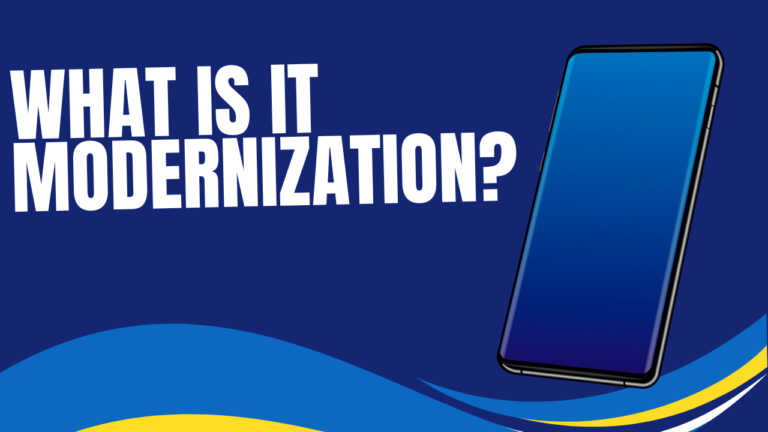Common Authentication Methods: Network Security
In the past few years, we’ve seen that even the biggest companies are not immune to security breaches. Big wigs like LinkedIn, Target, Home Depot and Sony Pictures have had their systems hacked into, revealing sensitive information of their owners, employees, and clients. With millions of passwords, email addresses and more having been exposed, there has been an increase in pressure on those who handle enterprise security to up their defenses.
Since it is difficult to keep up with how quickly the cyber-criminals can advance their knowledge of systems, network administrators have been facing plenty of challenges and had to start implementing more sophisticated ways of authenticating users. Below we discuss common authentication methods used for network security to beat the savvy cyber-crooks.
Biometrics for Network Security
The term “biometrics” literally translates to the term “measuring life”. Biometrics also refers to using the known and documented physical attributes of a user to authenticate their identity. This is ideal since no two people share the exact same physical traits. Common biometric authentication methods include fingerprint identification, voice recognition, retinal and iris scans and face scanning and recognition. The downside to this method is that it requires specialized scanning equipment, which is not ideal for some industries.
Token Authentication
A token is a material device that is used to access secure systems. Common forms include a dongle, card or RFID chip. A token makes it more difficult for a hacker to access an account since they must have long credentials and the tangible device itself, which is much harder for a hacker to obtain.
Transaction Authentication
Transaction authentication seeks out reasonable mistakes when comparing known data about a user with the details of a current transaction. An example would be if an individual lives in the United States, but large purchases show up while logged in from an IP address overseas. A red flag is sent up, and this cause for concern requires more verification steps to ensure that the purchase is legitimate and that the user is not a victim of a cyber-crime.
Multi-Factor Authentication (MFA)
MFA is an authentication design that requires two or more independent ways of verifying identity. Examples include something that the user possesses such as a telephone or other physical token, inherent factors like biometric traits or something known like a password. ATM’s are prime examples of MFAs because you need a card (physical token) and a PIN (something known) in order for the transaction to take place.
Out-of-Band Authentication (OOB)
OOB utilizes totally separate channels, like mobile devices, to authenticate transactions that originated on a computer. Any transaction that requires deposits from one place to another, like a large money transfer, would generate a phone call, text or notification on an app that there is more authentication required for the transaction to be completed. With two necessary channels, it is much more difficult for a hacker to steal money.
Contact us if you have any questions regarding online security. Our knowledgeable team members are prepared to help you with any concerns you have.


